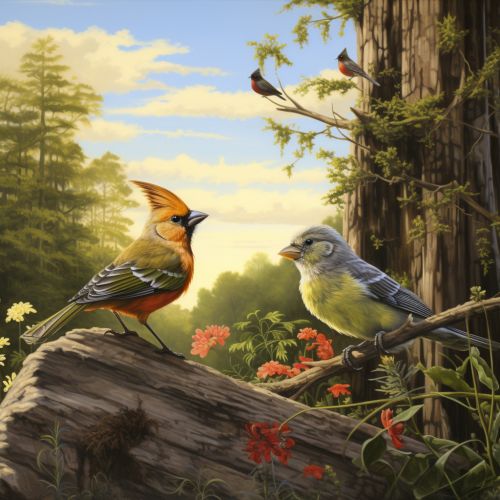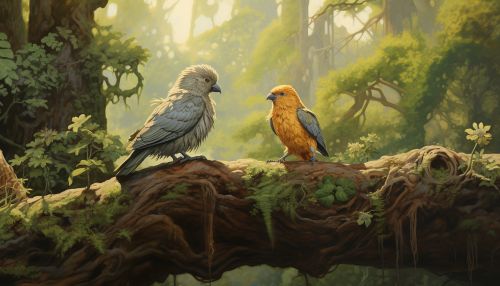Coevolution
Introduction
Coevolution is a biological concept that refers to the reciprocal evolutionary change in species due to their interaction with each other. It is a process where the evolutionary changes in a species are triggered by the changes in a different species. This process is often seen in symbiotic relationships, where the survival and success of one species directly depend on another.
Understanding Coevolution
Coevolution is a fundamental aspect of ecology and biology, and it plays a significant role in the biodiversity of life on Earth. It is a dynamic process where two or more species reciprocally affect each other's evolution. This process can lead to a variety of outcomes, including mutualism, parasitism, and predation.


Mechanisms of Coevolution
Coevolution occurs through various mechanisms. One of the most common is reciprocal selection, where changes in one species lead to changes in another. This can occur through natural selection, where traits that enhance survival and reproduction become more common in a population over time. Another mechanism is genetic drift, where random changes in gene frequencies can lead to coevolutionary changes.
Types of Coevolution
There are several types of coevolution, each with its unique characteristics and outcomes. These include:
Mutualistic Coevolution
In mutualistic coevolution, both species benefit from the interaction. An example of this is the relationship between bees and flowers. Bees get nectar from the flowers, which they use for food, while the flowers get pollinated by the bees, which helps them reproduce.
Antagonistic Coevolution
In antagonistic coevolution, one species benefits at the expense of the other. This is often seen in predator-prey relationships, where the predator evolves to be better at catching its prey, and the prey evolves to be better at evading its predator.
Competitive Coevolution
In competitive coevolution, two species compete for the same resources, leading to an evolutionary arms race. This can lead to the development of new traits or behaviors that give one species an advantage over the other.
Examples of Coevolution
Coevolution can be observed in many different contexts and across a wide range of species. Some examples include:
Flowers and Pollinators
One of the most well-known examples of coevolution is the relationship between flowers and their pollinators. Flowers have evolved to attract specific pollinators, and these pollinators have evolved to be better at finding and extracting nectar from these flowers.
Predators and Prey
Predators and their prey often engage in a coevolutionary arms race. For example, cheetahs and gazelles have been engaged in a coevolutionary relationship for millions of years. Cheetahs have evolved to be incredibly fast to catch their prey, and gazelles have evolved to be equally fast to escape their predators.
Parasites and Hosts
Parasites and their hosts also engage in coevolution. The parasite evolves to be better at infecting and surviving within its host, and the host evolves to be better at resisting and fighting off the parasite.
Implications of Coevolution
Coevolution has significant implications for the understanding of life on Earth. It helps explain the diversity and complexity of life, and it plays a crucial role in the functioning of ecosystems. Coevolution also has practical implications, particularly in the fields of agriculture and medicine. Understanding coevolution can help in the development of more sustainable agricultural practices and in the fight against infectious diseases.
